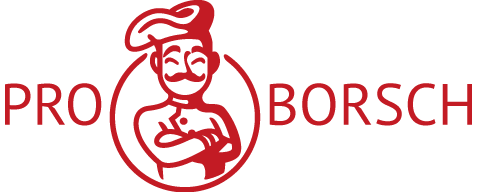Strengthening the connection between manufacturing and sales drives operational excellence and client loyalty
Typically, sales and production function in isolation
where sales teams commit to timelines and specs driven by client demands
as the production team balances equipment limits, inventory shortages, and firm deadlines
A lack of alignment causes broken promises, eroded trust, and morale issues across departments
Begin your transformation by setting up recurring meetings that bridge both teams
Even brief, focused syncs—like 20- to 30-minute biweekly huddles—can yield powerful results
This forum allows sales to surface actual customer pain points, forecasted needs, and industry movements
while production provides transparency on delays, cycle times, and defect rates
This reciprocal flow keeps client commitments aligned with operational truth
Next, implement a shared digital platform where both teams can log and track feedback
Tools like HubSpot, Asana, or Trello can be tailored to track client demands, アパレル雑貨 production barriers, and resolution progress
When data is centralized, teams stop asking the same questions and start solving problems
If sales understands a part is delayed, they can manage expectations rather than overcommit
Each department should nominate a single point of contact to manage the flow
This person’s job is not to make decisions but to facilitate communication and ensure nothing falls through the cracks
These liaisons must feel safe to raise red flags and be respected by both departments
Recognize incremental progress
If manufacturing completes an order early thanks to advance warning from sales
or when sales lands a deal because they could accurately represent production capacity
highlight it
Public acknowledgment turns isolated wins into enduring team values
Finally, train both teams to think like the other
Those in sales must internalize how manufacturing constraints shape delivery possibilities
Manufacturing must recognize that delayed responses directly affect cash flow and retention
This empathy reduces blame and encourages problem solving
This cultural shift requires patience and consistent reinforcement
when maintained, it becomes the backbone of agile, customer-centric operations
Customers get better service
employees across departments report stronger cohesion
and the business becomes more agile
The key is to treat communication not as an administrative task but as a strategic advantage

Recent comments